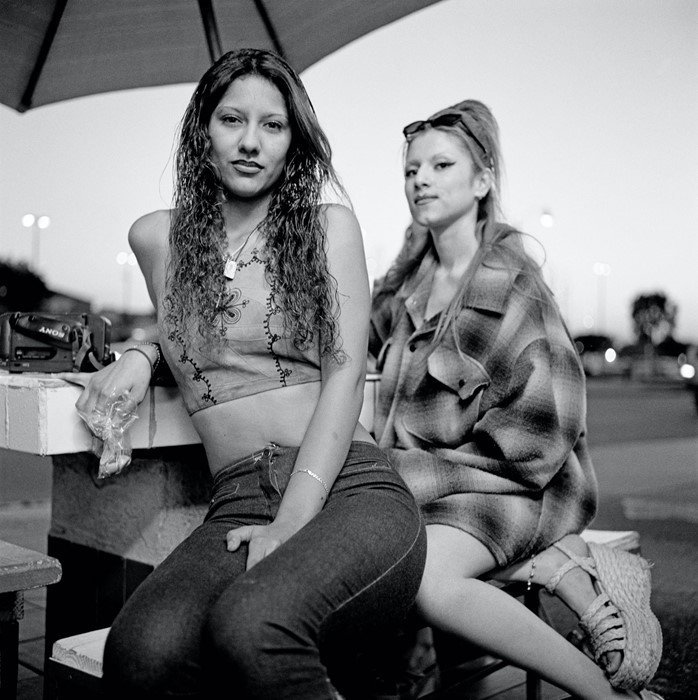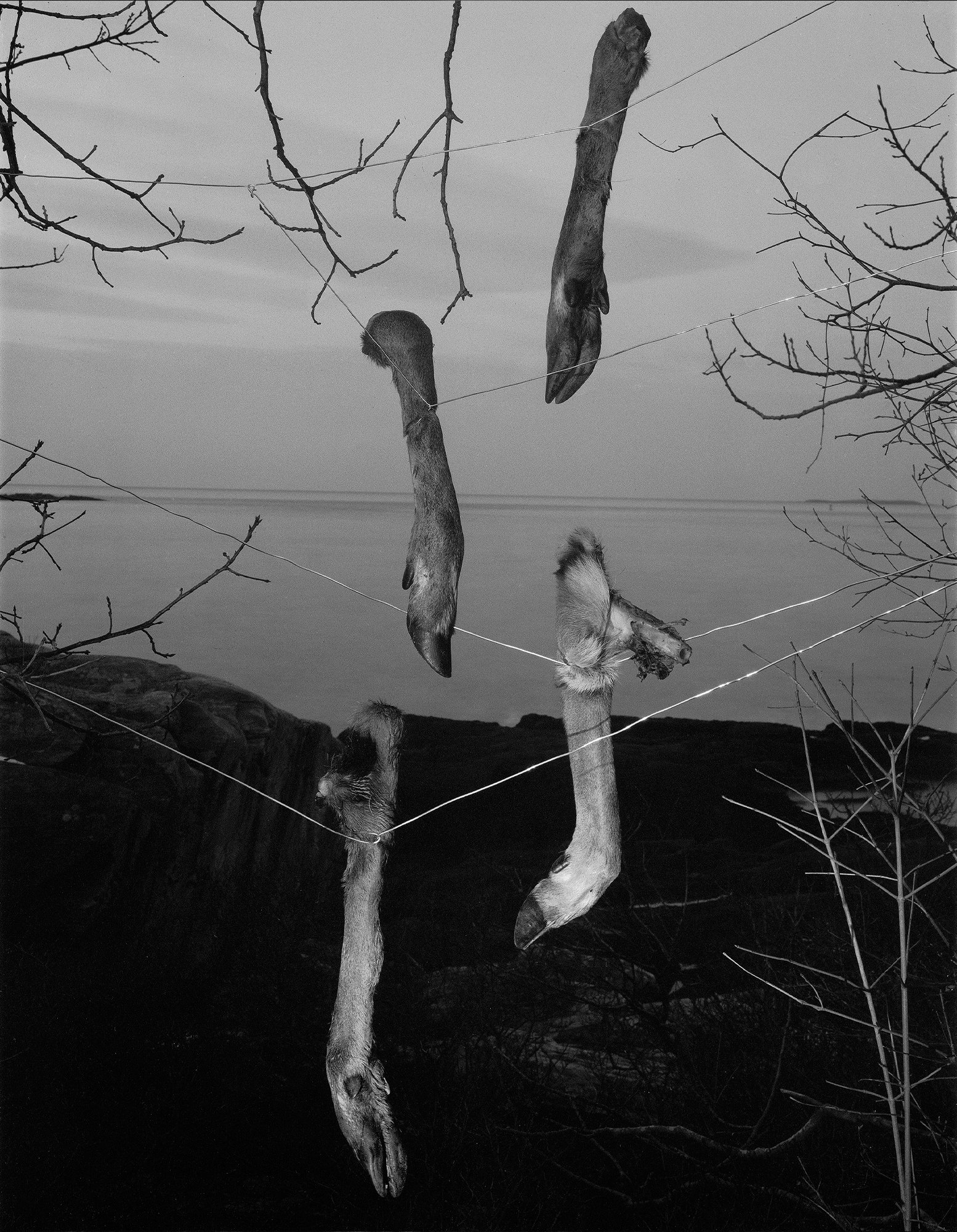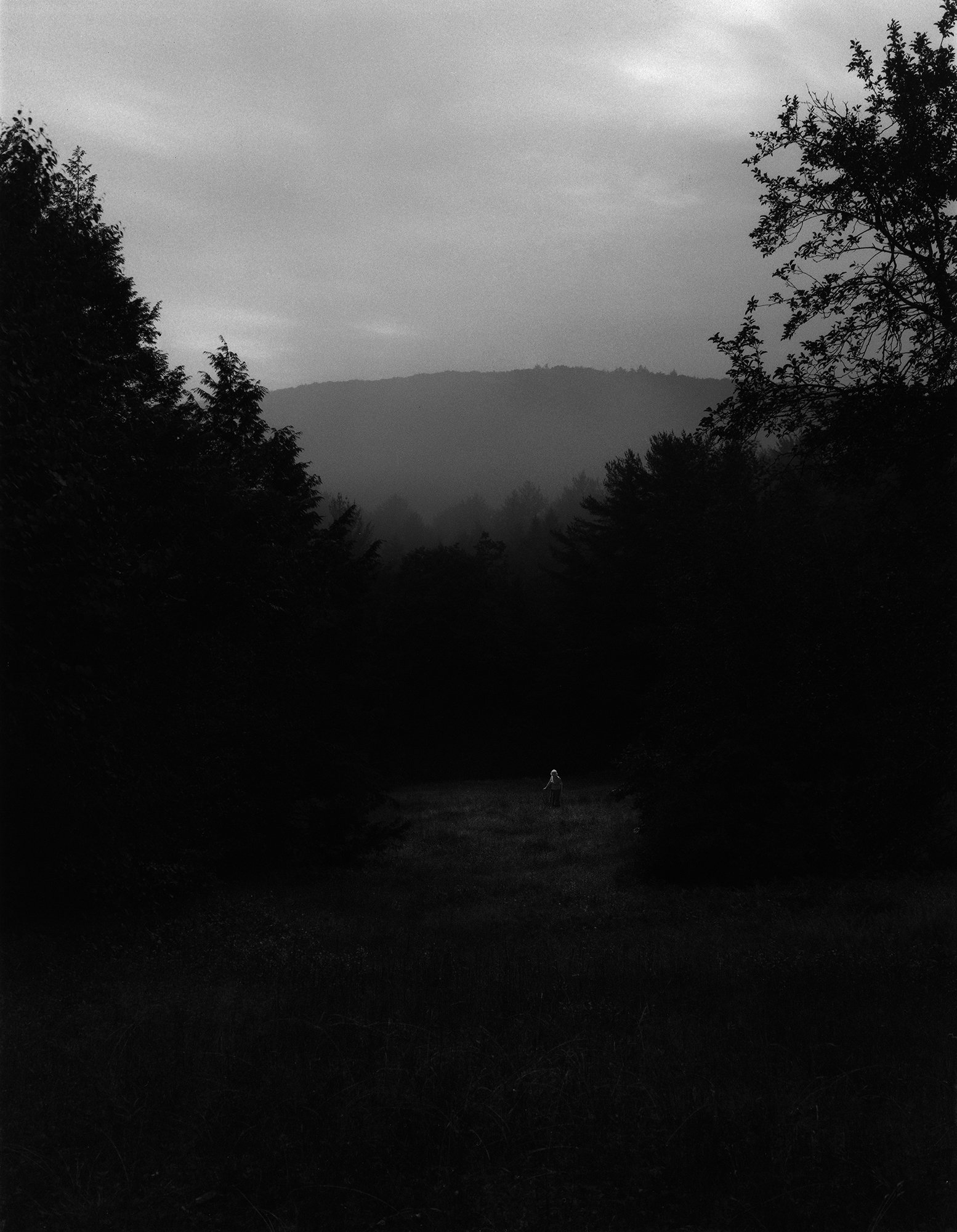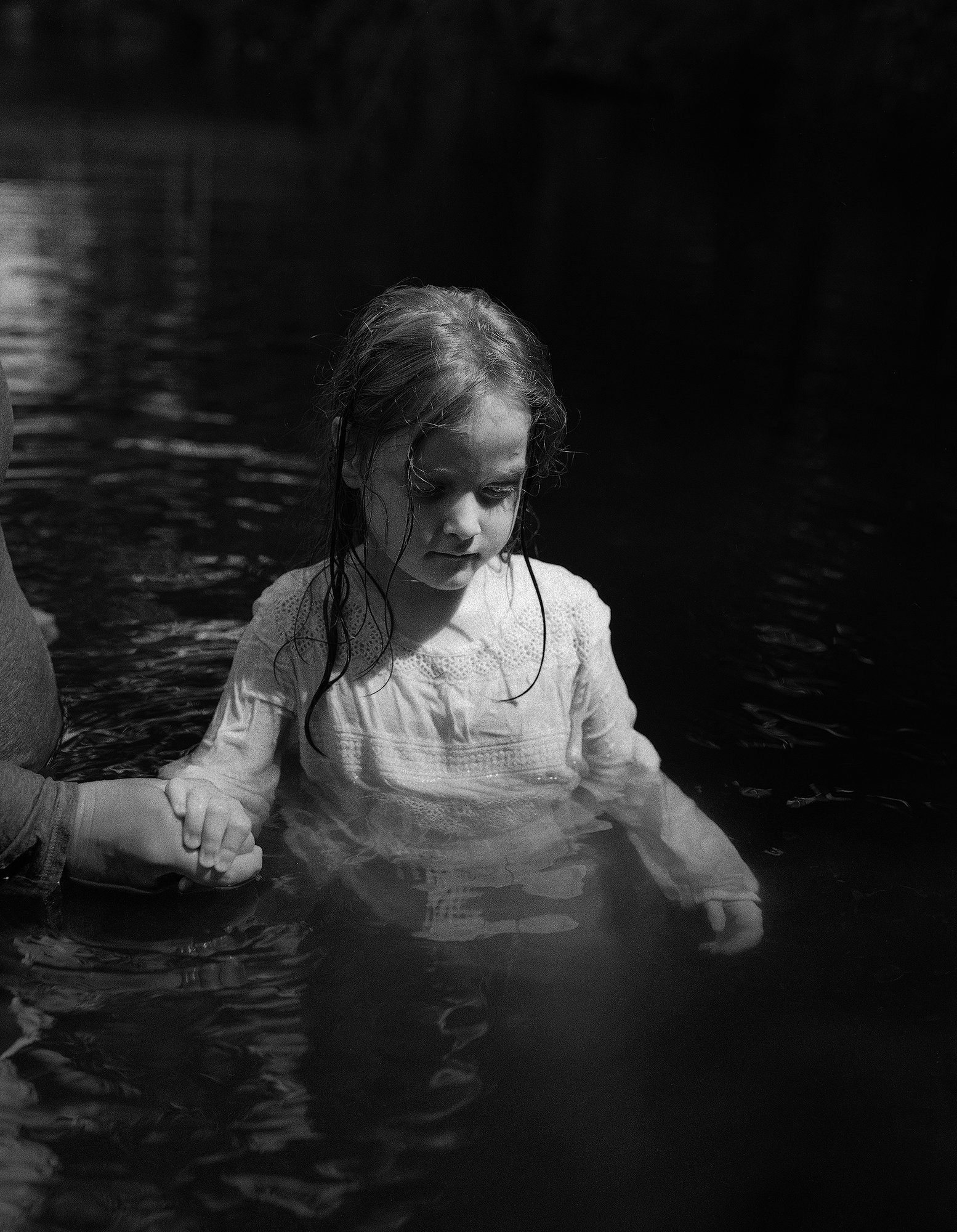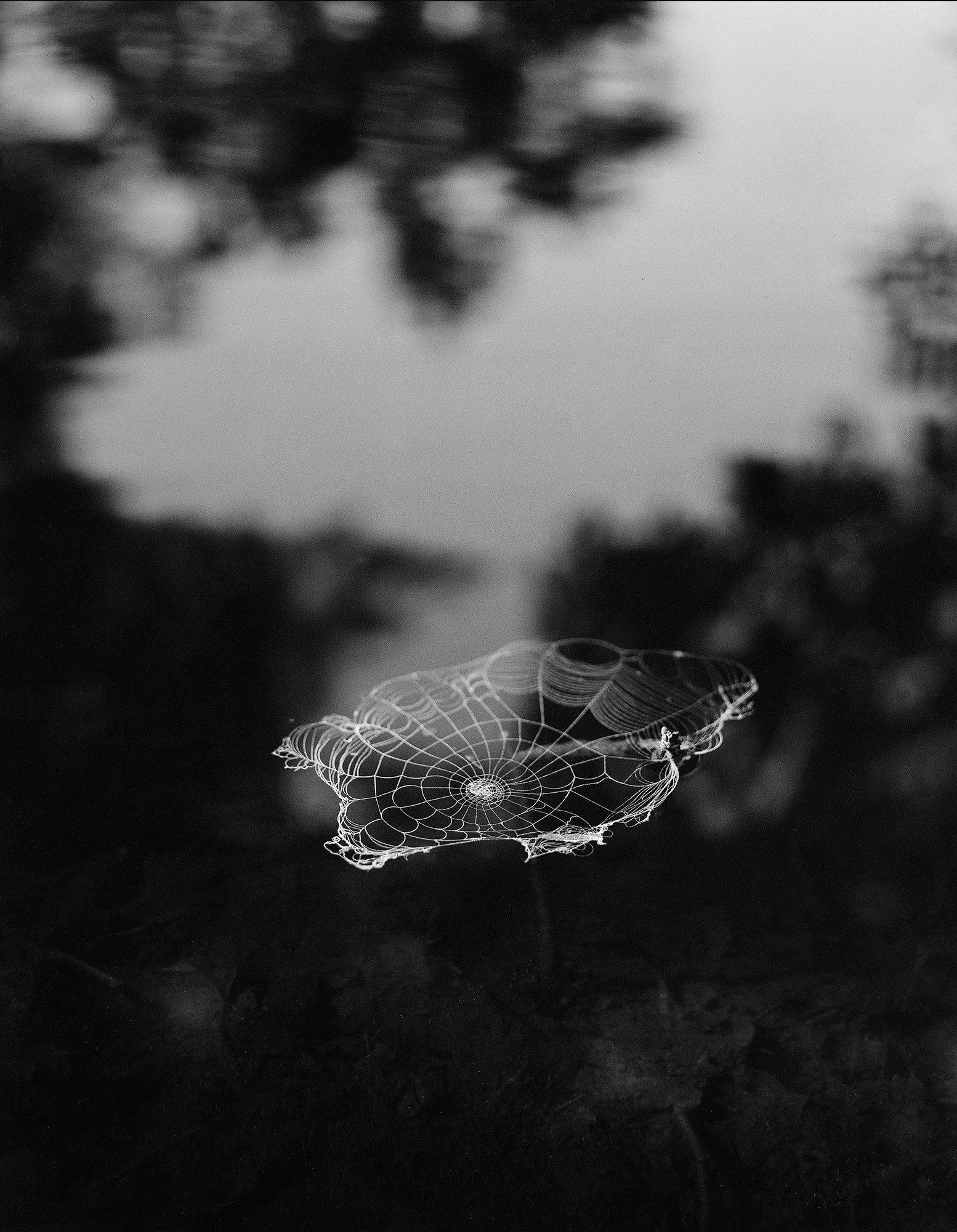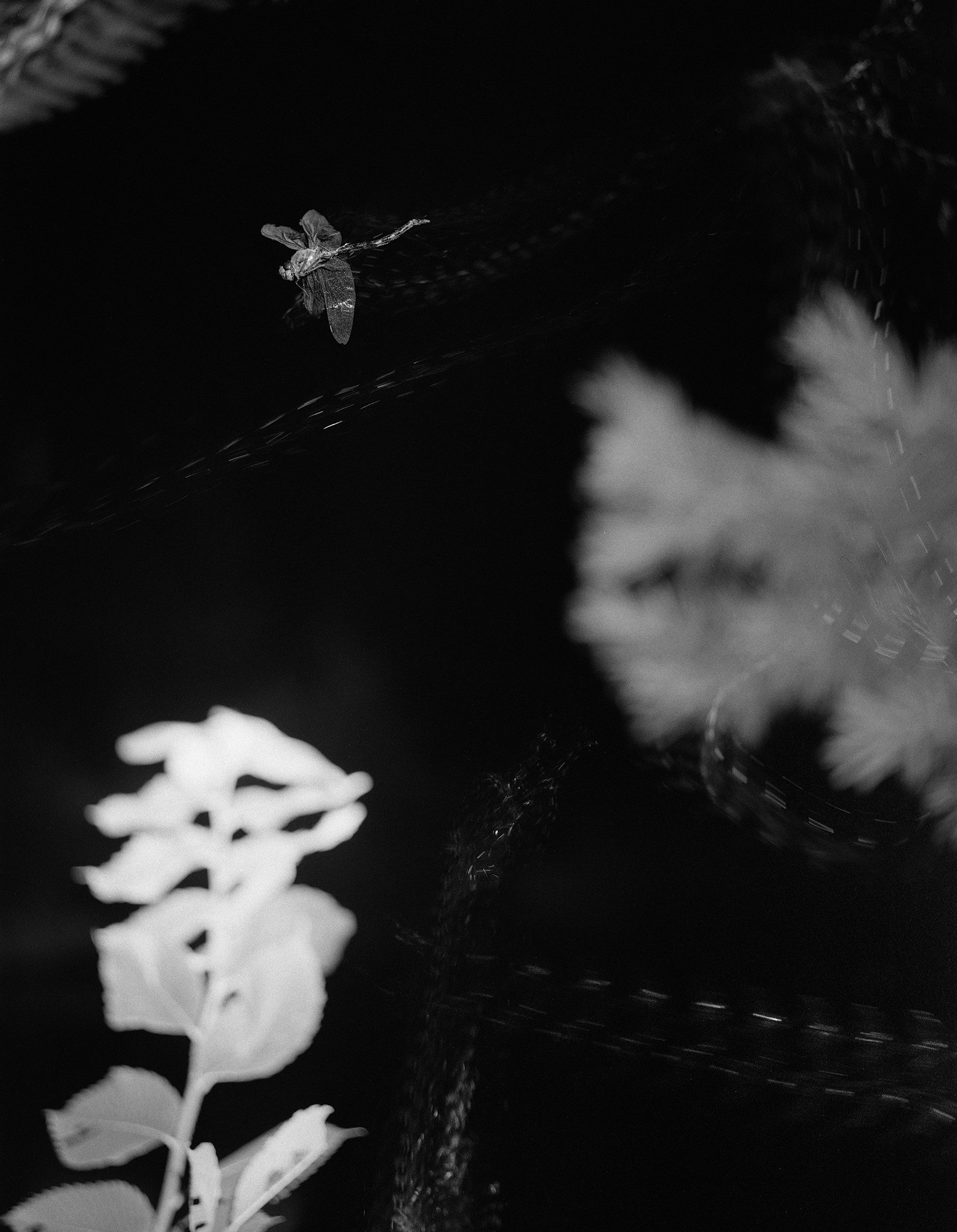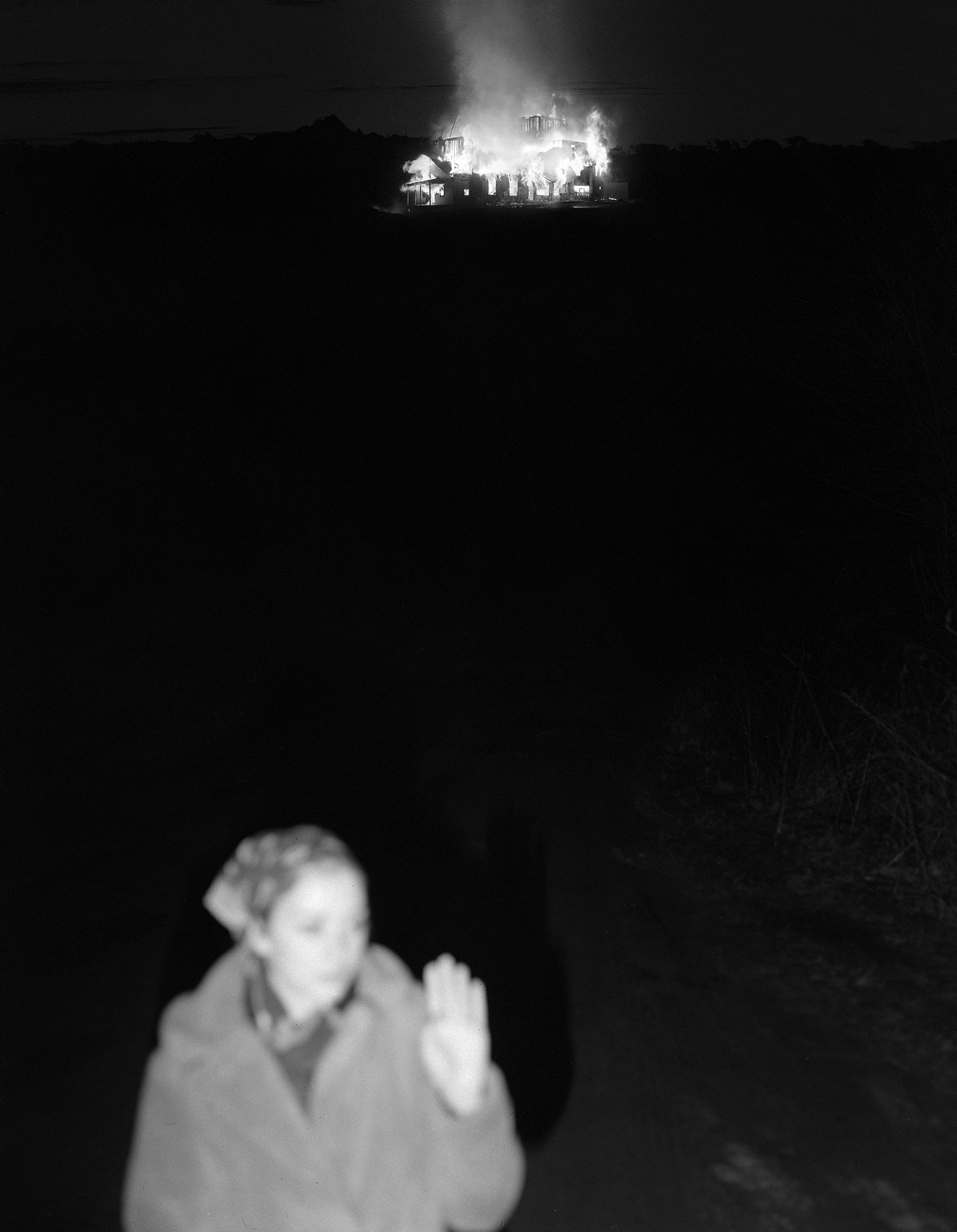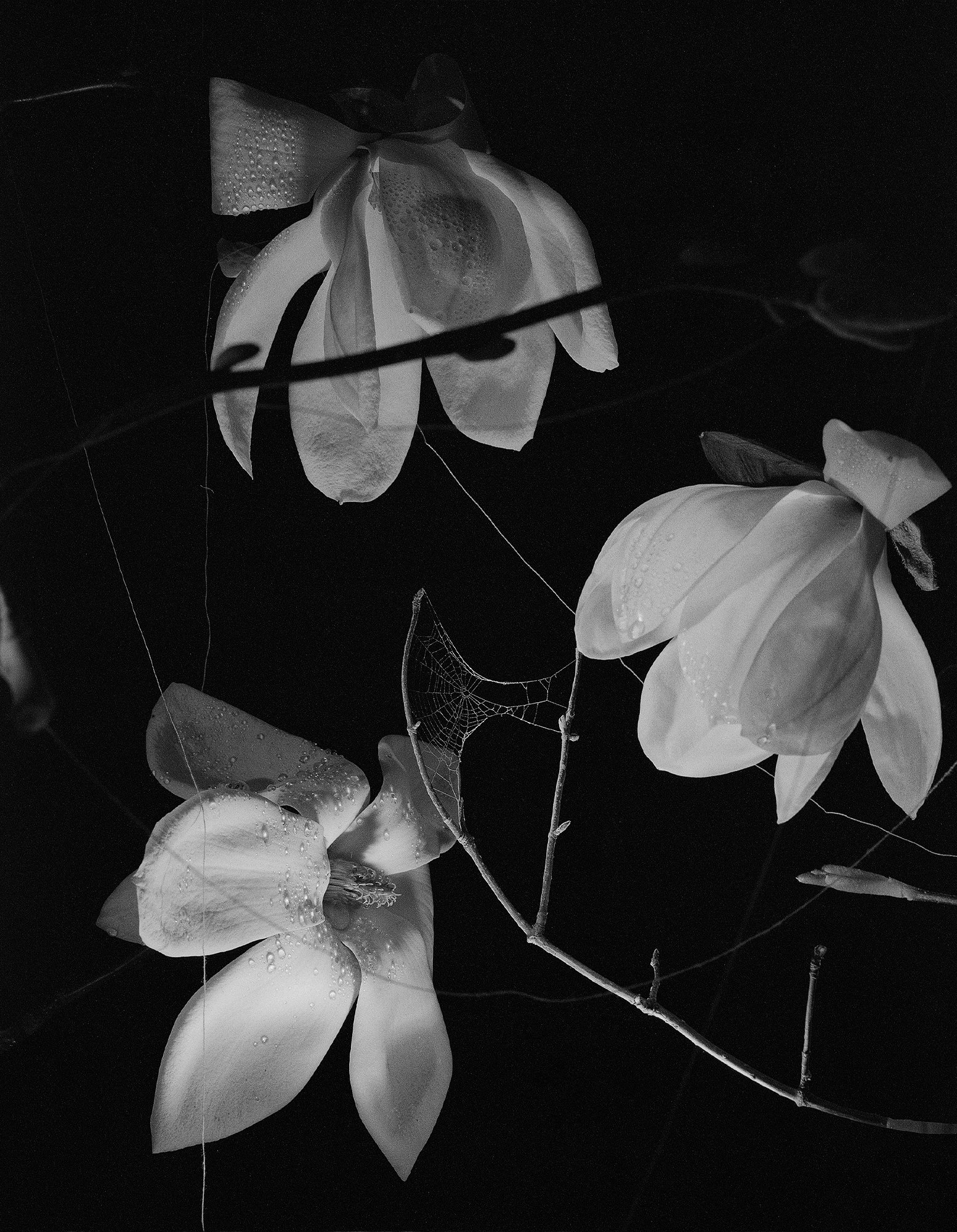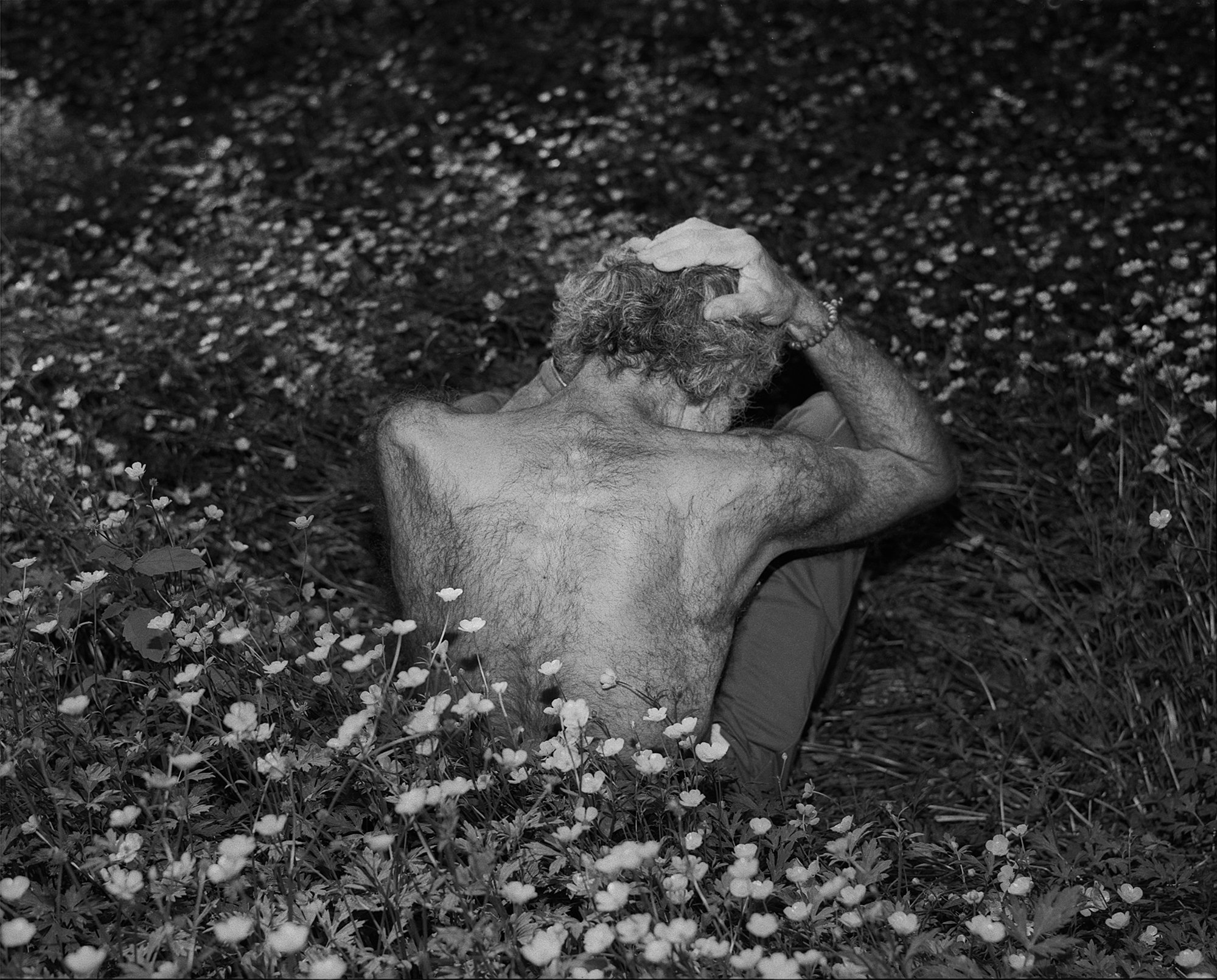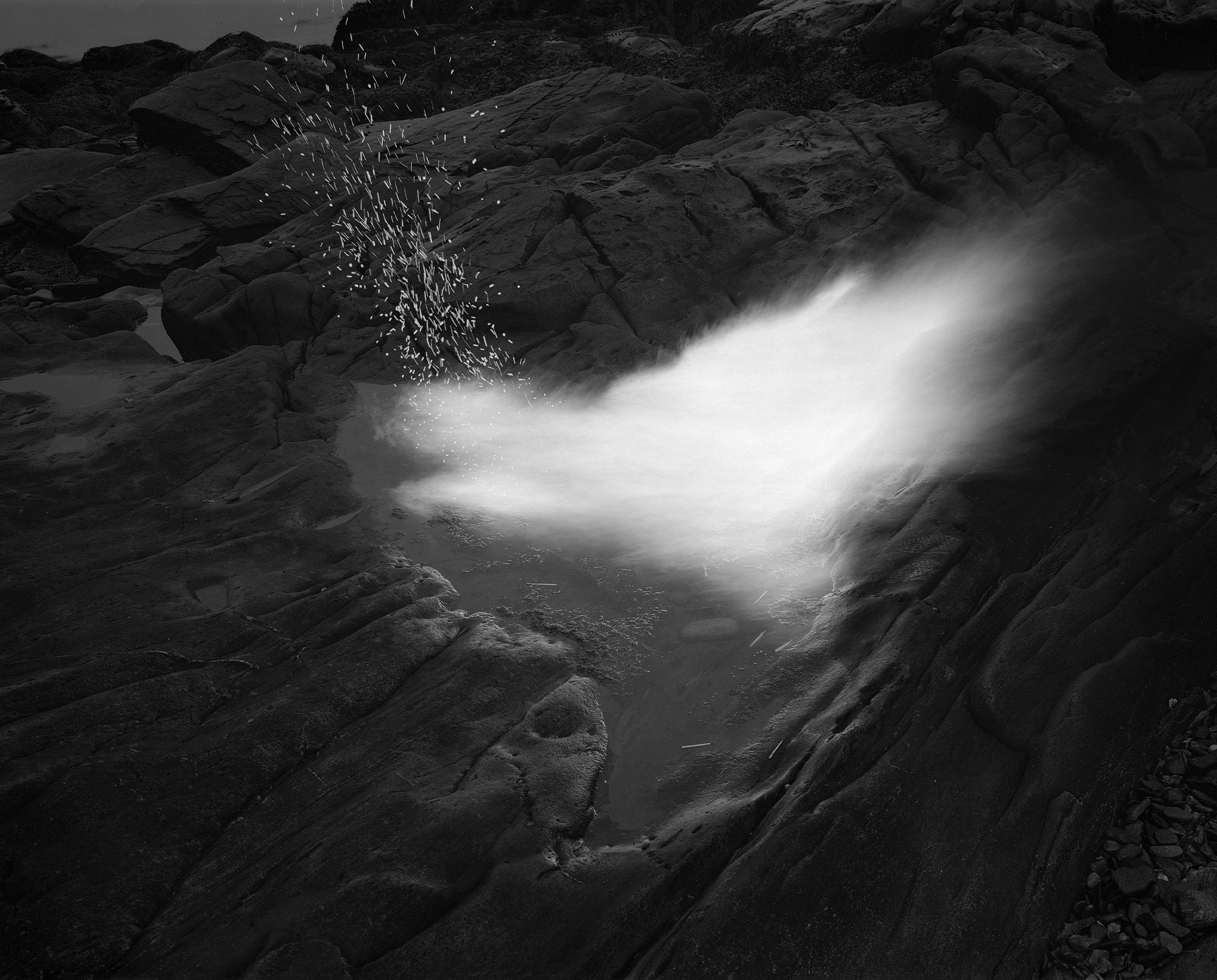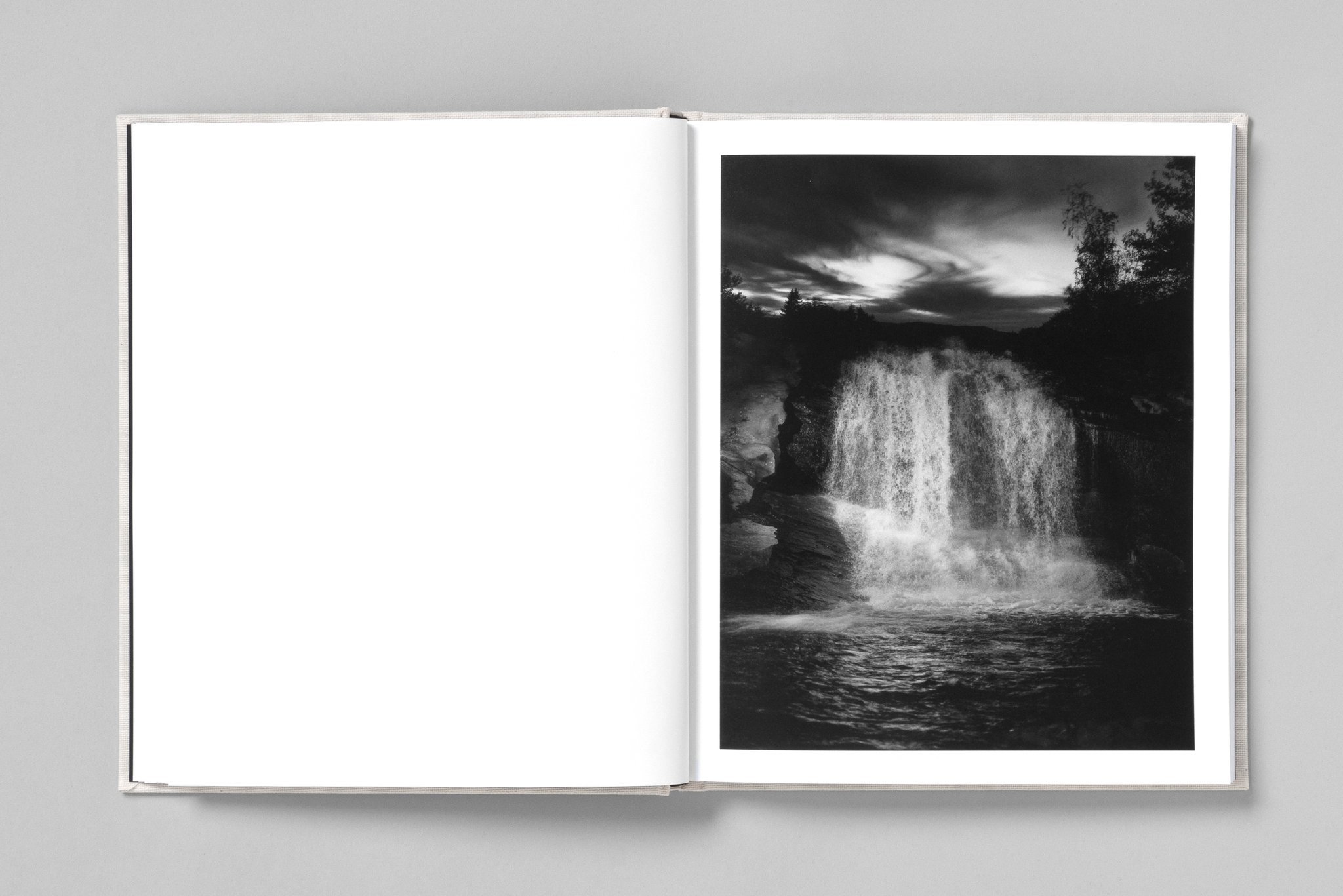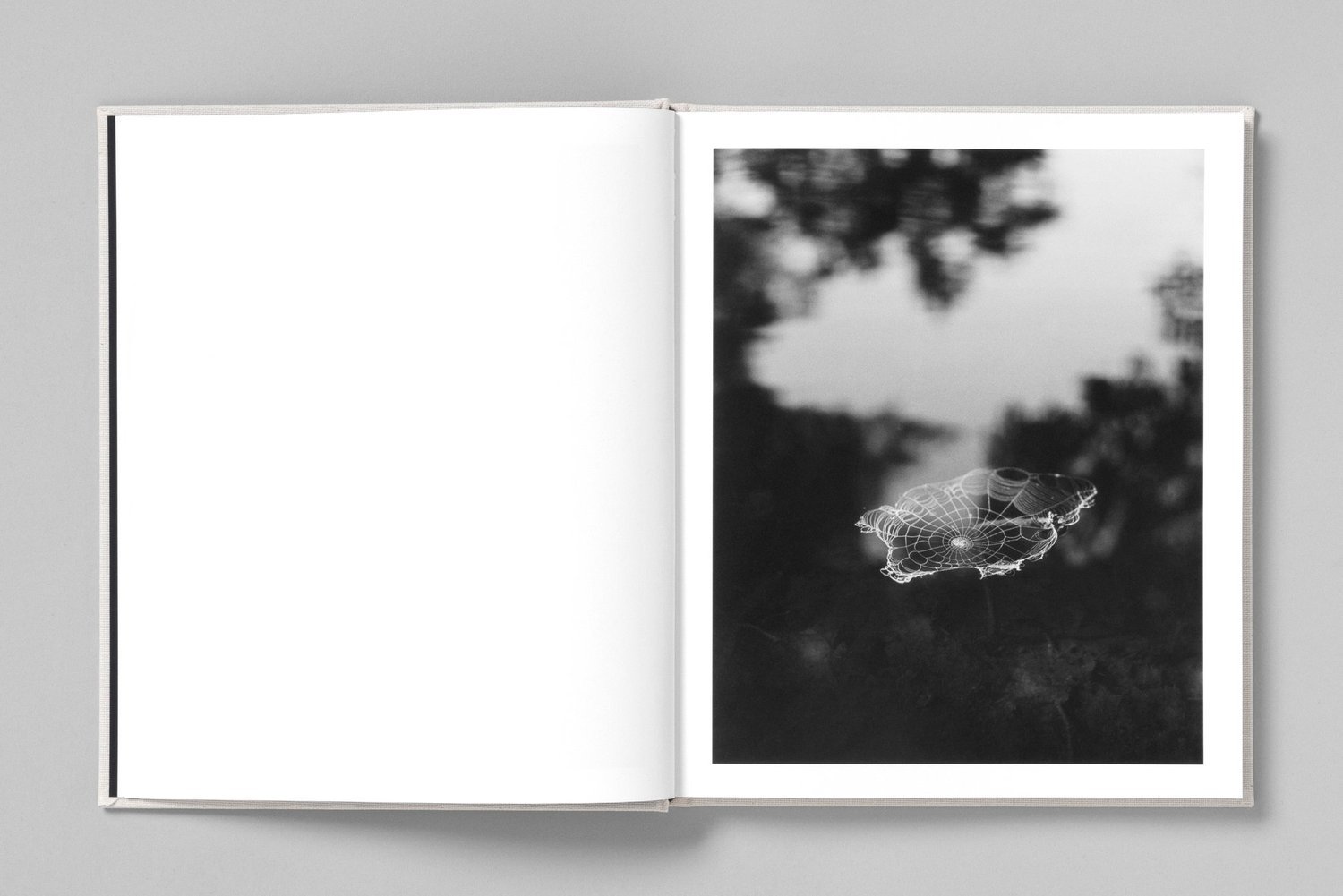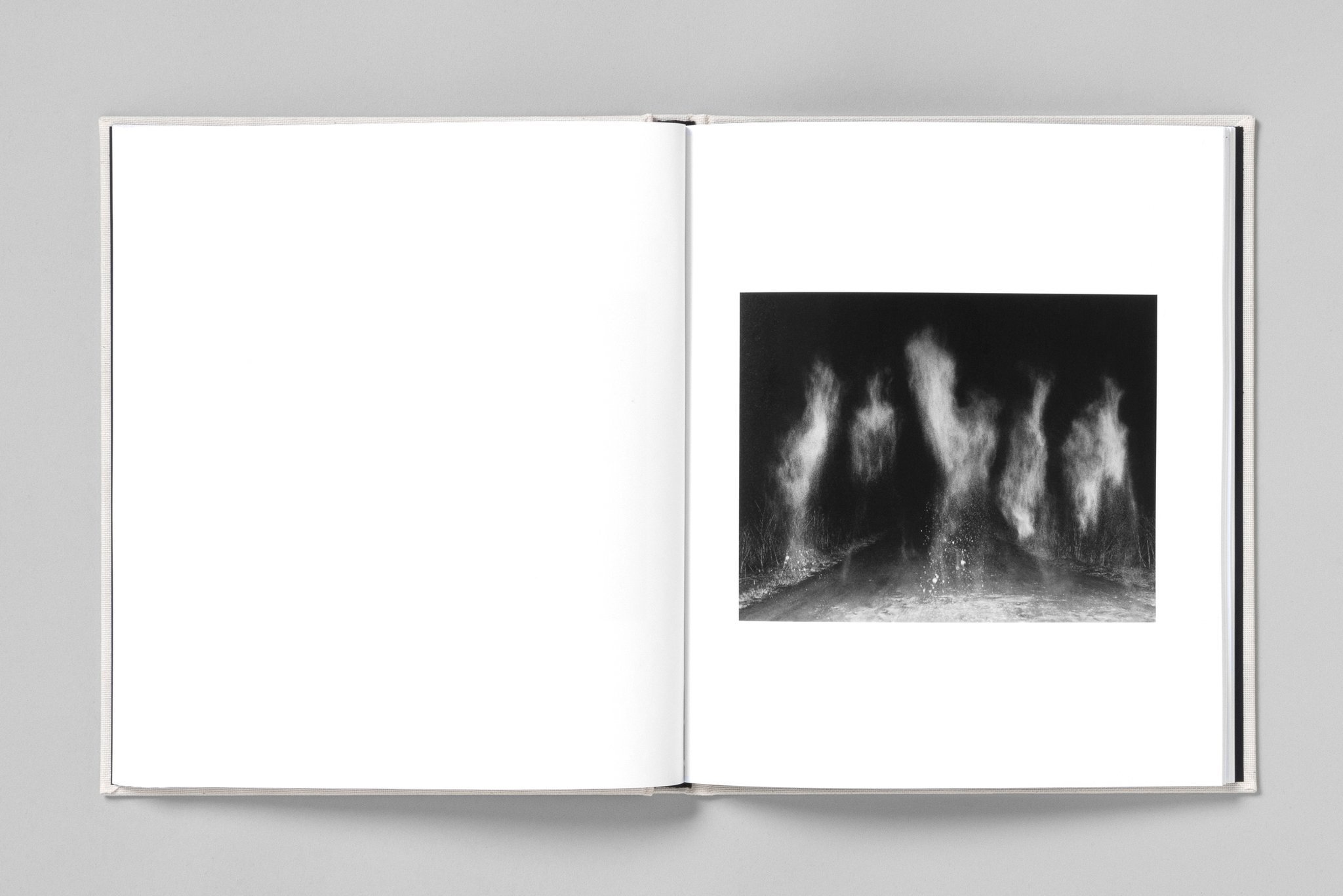Eastsiders, Courtesy of Gregory Bojorquez
Reviewed by Julian Lucas
Published 12/29/2022 9:00 Am PST
This Review was Produced by Mirrored Society, A Bookstore on the Arts. The Pomonan is co-publishing this review.
As we wind down and do away with this year, I can say 2022 has been a year has been very busy and productive, and with that equation the result equals success! Beginning with Print Pomona Art Book Fair 2022. Becoming a board member of Photolucida located in Portland, OR. Participating as a pre-judge in both Portfolio Review and Critical Mass 2022. In addition being a part of Photolucida’s Book Fair hosted by the Portland Art Museum.
With all that mentioned, I want to present to you my photobook experience and selctions of 2022.
Eastsiders, Gregory Bojorquez, Little Big Man
This book is a flashback into the 90’s era, my era. Gregory Bojorqez captures the complexities of a reality many of us lived, created by the City of Los Angeles.
It is pleasing to see images humanizing the community at large, while others are only fascinated by the semblance of the harsh realities of life on the east side of Los Angeles. The portraits of adolescent men and women living their teen-age and young adult life as best they can. The parents, grandparents, aunts, and uncles have an understanding about the unfairness of life, but they remain resilient and hopeful in what the future holds.
The Ecology of Dreams, Ewan Telford, The Velvet Cell
Personally, I appreciate The Ecology of Dreams because it moves the viewer closer to understanding the desperation of immediacy that saturates our environment. The collection of images exemplify the hideousness of the constant bombardment of branding which is a component of a capitalistic centered society that has led to unmitigated problems.
Master Rituals II : Weston’s Nudes, Tarrah Krajnak, TBW
In Tarrah Krajnak's Master Rituals II: Weston's Nudes, the past, and present collide. The body of work emphasizes the lack of women of color in the photographic industry. Tarrah struggles with the complexities of the complicated past of photography. Because photography was considered a 'white mans art', photography has taken on a new life through the eyes of people of color. Although paying homage to Weston’s iconic nudes, Tarrah’s body of work is not only about the exploration of re-creating but rather about empowering the 'nude study' of a woman of color. By placing herself in front of the camera as she is both the recorder and the model; she transforms the study of the nude, by not cropping or strategically hiding her face as traditional photographers would have in the past, but instead, she gives herself a voice, by revealing her identity.
Family Tree 1975-1980, Scot Sothern, These Days
Family Tree 1975-1980 offers a glimpse into the intimate lives of people from all walks cinematically speaking. Scot’s congenial narration is light-hearted many times comical because the viewer can relate to each the family member throughout the book. The images are a consistent examination of real life, which is what I always appreciate about Scot’s photographic work.
Born, Natsumi Takahashi, Dashwood (Zine)
I never feel like my photographic projects are complete, even if I have over 500 images. However only one roll of black and white 35mm film in just a few hours, Natsumi Takahashi was able to accomplish a telling story through her portrait series. Beautiful portraits of "Sarah” in various parts of NYC taken in 2019. Each image is timeless. The styling, clothes, Sarah, and environment leaves you questioning whether the images came from a little booklet from your favorite early 2000s indie alternative band album. And with this little series, I look forward to seeing a book on the horizon in the near future.
Julian Lucas, (b. 1974 Chicago, IL) is a photographer and purveyor of books. Julian co-founded Mirrored Society Books in 2015. Julian Lucas’ photographic work sits between that hard and soft edge between fine art and photojournalism. His images are the result of a sophisticated naiveté, an experience matched with indomitable curiosity. His seductive and striking contrasts, lush effects challenge us to look at imagery that is often difficult to view. His focus is on traditional darkroom photography utilizing found spaces to create makeshift studios with a minimal of equipment - at times using only utility clamp work lights, or at other times, working outside, using only the high key sunlight and a backdrop, which all mirrors reality.

